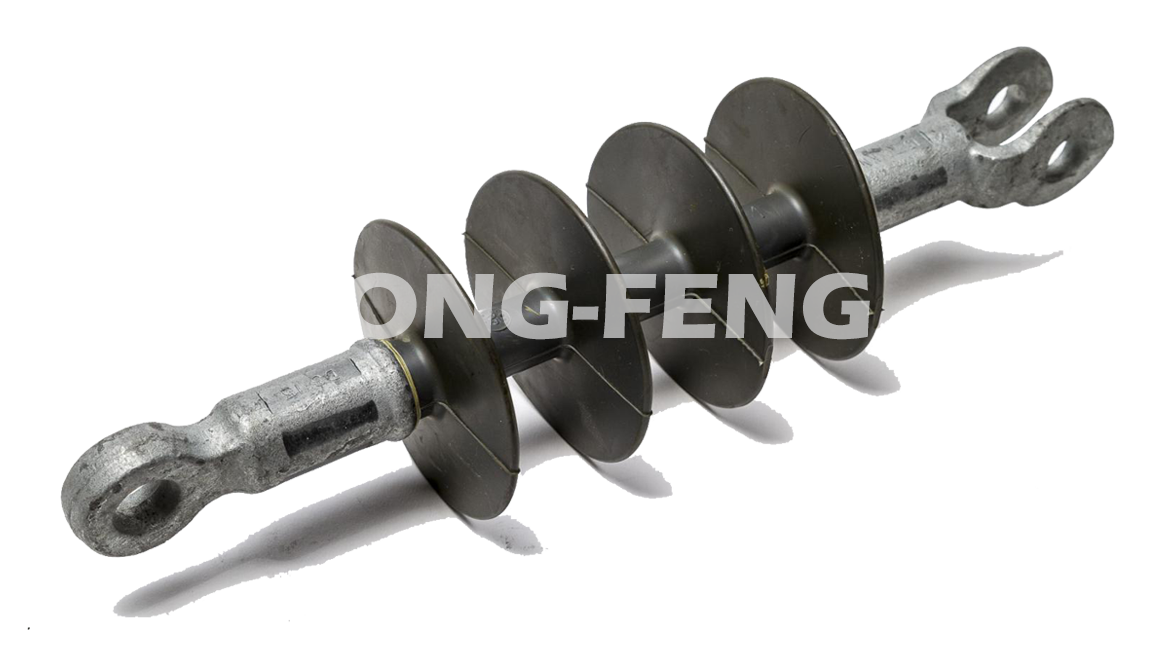Press Release
We have a history of more than 20 years. Now we have become one of the largest and most professional manufacturers in China. Our products are widely used in oilfields, oilfields, oilfields, oilfields and other industries.

Composite Insulators emerged in the late 1960s, blending diverse materials to leverage their distinct strengths and properties in insulator functions. Typically, end fittings comprise metals like forged steel or aluminum. Line insulators benefit from a high level of standardization in end fittings, facilitating seamless replacement of conventional insulators with composite alternatives. The fiberglass-reinforced resin rod bears mechanical loads, be it tension, bending, compression, or a blend thereof, contingent upon the application and load dynamics.
The composite insulated terminals widely used in the power industry rely on pressure to deform the hardware to connect with the core rod. They generally adopt an internal wedge interface structure, with many structural components and complex processes. In the crimping production process, there are also problems such as different material matching, different processing accuracy of the end hardware sleeve, core rod outer diameter error, inconsistency of manual operation, error of the crimping machine, etc., which lead to deviations in the final shaping position of the inner wall of the sleeve and a series of other problems, resulting in undervoltage and overvoltage phenomena to a certain extent, thereby resulting in insufficient strength or life of the insulated terminal. In the past, traditional testing methods could only verify the qualification of the product by generating subjective observations of operators or post-inspection and re-testing, and the destructive tests used were inefficient and had high labor costs.
During the crimping process, the material deforms when subjected to external force, and part of the strain energy is released in the form of elastic waves, which are acoustic emission signals. To some extent, the generation and development of microscopic deformation of materials or structures can be characterized by acoustic emission signals. Acoustic emission detection technology uses the acoustic emission signals generated by the deformation of hardware and core rods under stress during the crimping process. By real-time collection of acoustic emission and characteristic analysis and processing of the signal, it can be determined whether the crimping process is in an undervoltage or overvoltage state.
The YONG-FENG insulators crimping machine through the analysis of the crimping process mechanism of composite insulators in different crimping states, the acoustic emission online monitoring technology is used, and the pressure external parameters are introduced to synchronously collect the acoustic emission signals of different crimping processes. By analyzing the time experience curve of the characteristic parameters of the acoustic emission signal, the curve characteristics under different crimping states are found, providing a unified solution for monitoring the crimping process of insulators of different specifications.
Insulators crimping machine also be called post insulators crimping machine, rod insulators crimping machine, acoustic emission system crimping machine, fiberglass rod crimping machine, silicone composite insulator crimping machine, fittings to composite rod crimping machine, pressure sensor and pressure control crimping machine, composite insulators crimping machine and so on.
For QUOTATION: inquiry@yong-feng.com